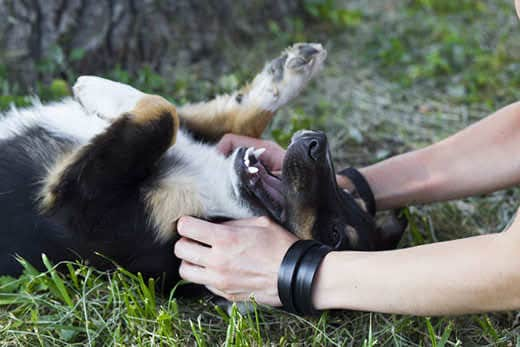
-
Find the right food for your pet
Take this quiz to see which food may be the best for your furry friend.
Find the right food for your pet
Take this quiz to see which food may be the best for your furry friend.
Featured products
 Adult Sensitive Stomach & Skin Small & Mini Chicken Recipe Dog Food
Adult Sensitive Stomach & Skin Small & Mini Chicken Recipe Dog FoodHill's Science Diet Sensitive Stomach & Skin Small & Mini dry dog food is tailored nutrition for Small & Mini dogs while being gentle on stomachs. Nourishes skin & promotes a lustrous coat.
Shop Now Adult Healthy Mobility Small Bites Chicken Meal, Brown Rice & Barley Recipe Dog Food
Adult Healthy Mobility Small Bites Chicken Meal, Brown Rice & Barley Recipe Dog FoodAdvanced nutrition to support hip & joint health from day 1
Shop Now Puppy Small & Mini Chicken & Brown Rice Recipe
Puppy Small & Mini Chicken & Brown Rice RecipeVital nutrients to support 5 essential building blocks for lifelong health
Shop NowFeatured products
 Adult 11+ Chicken Recipe Cat Food
Adult 11+ Chicken Recipe Cat FoodSupports brain health and beautiful fur in mature cats
Shop Now Adult Perfect Weight Salmon & Vegetable
Adult Perfect Weight Salmon & VegetableOver 70% of cats lost weight within 10 weeks when fed this nutrition
Shop Now Sensitive Stomach & Skin Chicken & Beef Dinner
Sensitive Stomach & Skin Chicken & Beef DinnerGourmet daily nutrition, carefully made. Tasty chunks with chicken & beef in a decadent gravy. Supports digestive health, nourishes skin and promotes a lustrous fur.
Shop Now -
Dog
- Dog Tips & Articles
-
Health Category
- Weight
- Food & Environmental Sensitivities
- Urinary
- Digestive
- Joint
- Kidney
-
Life Stage
- Puppy Nutrition
- Adult Nutrition
- Senior Nutrition
Cat
- Cat Tips & Articles
-
Health Category
- Weight
- Skin & Food Sensitivities
- Urinary
- Digestive
- Kidney
-
Life Stage
- Kitten Nutrition
- Adult Nutrition
Featured articles
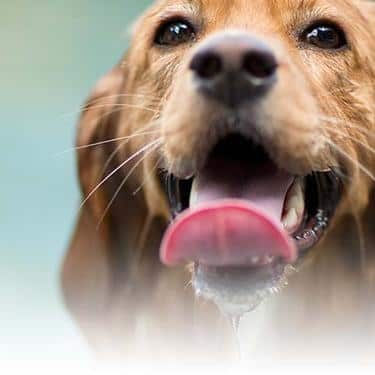 Water
WaterDiscover why water is the most important nutrient for your dog or cat to live a healthy life. Find out how much water your pet should consume each day.
Read More The Incredible Science Behind Your Pet's Microbiome
The Incredible Science Behind Your Pet's MicrobiomeLearn what a pet's microbiome is, how it contributes to your pet's gut & overall health, and why nutrition is important in maintaining healthy microbiomes.
Read More Pet Food Storage Tips
Pet Food Storage TipsDiscover how and where to store your dry, as well as canned, dog and cat food. Learn how to find the "best before" dates on all Hill's pet food packaging.
Read More -
Find the right food for your pet
Find the right food for your pet


When adorably pudgy puppy tummies are exposed, it's almost a pet parent rule to initiate soft tickles. Oftentimes, doggie belly rubs will make your pooch wiggle and jiggle with excitement, and rubbing a specific spot on your dog can make a hind leg happily kick out. With this in mind, you may be wondering: Are dogs ticklish? And can dogs be ticklish just like humans?
Many dogs respond positively to gentle finger movements on their skin and fur — but are the squirms from internal laughter and joy? Do they like the sensation? And, most importantly, where are the best spots to give your dog extra tickles for maximum enjoyment? Let's find out.
Are Dogs Ticklish, and Do They Laugh?
Studies examined by Stanley Coren PhD, DSc, FRSC in an article for Psychology Today discussed that animals can indeed be ticklish, and they may even laugh during the experience, just as humans do. But when dogs laugh, it's a bit different. They make more of a panting, breathy sound (without barking) created with a slightly open mouth that resembles a smile.
Dr. Marty Becker, DVM at Vet Street says during a pet exam in his office he will purposely tickle dogs along their sides, back of the rib cage and on the belly. A healthy dog will respond with an uncontrollable movement with their leg known as the "scratch reflex." You might notice this reflex combined with dog-style laughing during a tickle session with your pet.
Dogs do enjoy this attention, as long as they're feeling good overall and not injured or exhausted. So, tickle away! But, be warned: If you tickle a dog with a full bladder, you might see some happy dribbles of urine.
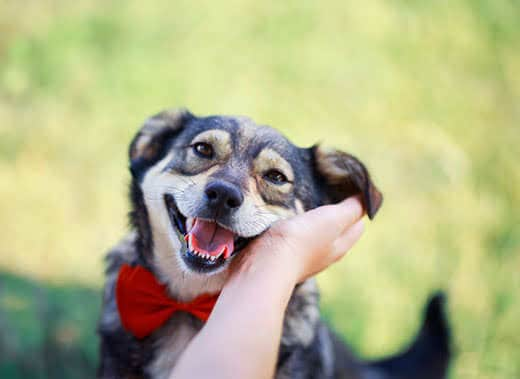


Tasty Tips
Which Parts of a Dog are Ticklish?
Any part of your pet can be ticklish. Surprisingly, dog feet are even more sensitive and ticklish than human feet, according to Caroline Springs Veterinary Hospital in Victoria, Australia. They say this explains why many pups don't care for nail trims. It's not the clippers, but the touching of their ticklish paws that drives the pets crazy.
To find the ticklish spots on your pup, give them a gentle petting head to tail. Don't forget the belly and behind the ears — two top pleasure spots. Does one particular area make your dog respond with swaying head movements, tail wags, leg movement and the breathy laughs mentioned earlier? That may just be the this-feels-good tickle spot.
Still, just like people, not all dogs enjoy being tickled. If your pet turns away from you, pins their ears back, stops smiling or begins to nip, stop touching and verbally let the dog know that they are safe.
So, can dogs be ticklish? Can they laugh? They sure can. Before you get your tickle on, be sure your pet is in the mood for this activity. If your pet isn't feeling well or is tired from a long hike, let them rest. You wouldn't want to be tickled in those situations either. But if your dog is making eye contact, rolling around and inviting playtime, let the tickling fun begin!


Angela Tague is a pet mom and writer living in the Midwest. When she's not making a mess in the kitchen, exploring nature trails with her dog, or attending a yoga workshop, she's writing full-time for multiple lifestyle and technology brands. You can find her on Twitter and LinkedIn @AngelaTague.
Related products

Vital nutrients to support 5 essential building blocks for lifelong health

Hill's Science Diet Sensitive Stomach & Skin Small & Mini dry dog food is tailored nutrition for Small & Mini dogs while being gentle on stomachs. Nourishes skin & promotes a lustrous coat.

Advanced nutrition to support hip & joint health from day 1

For the unique nutritional needs of mature Small & Mini dogs
Related articles

Discover how the field of dog science is giving us more and more insights into the inner workings of our furry best friends.
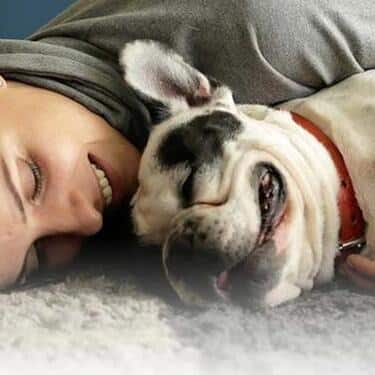
Your dog's coat and skin are a big part of your dog's overall health. Ensure you keep your dog's coat healthy, by following these simple tips.

Learn basic steps & precautions for treating a cut on your dog, including what you can put on the cut, and when you should take them to the vet.
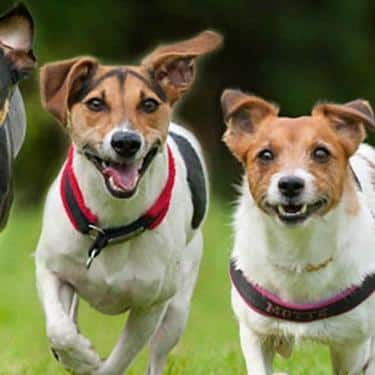
Learn how dogs with sensitive skin can have special dietary needs, how they can develop over time in a healthy dog, and how Hill's dog food can help.
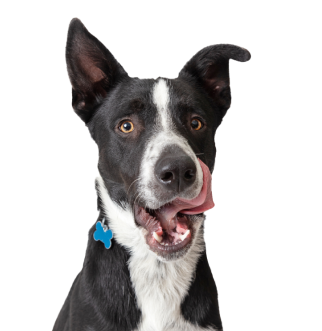
Put your dog on a diet without them knowing
Our low calorie formula helps you control your dog's weight. It's packed with high-quality protein for building lean muscles, and made with purposeful ingredients for a flavorful, nutritious meal. Clinically proven antioxidants, Vitamin C+E, help promote a healthy immune system.
Put your dog on a diet without them knowing
Our low calorie formula helps you control your dog's weight. It's packed with high-quality protein for building lean muscles, and made with purposeful ingredients for a flavorful, nutritious meal. Clinically proven antioxidants, Vitamin C+E, help promote a healthy immune system.


